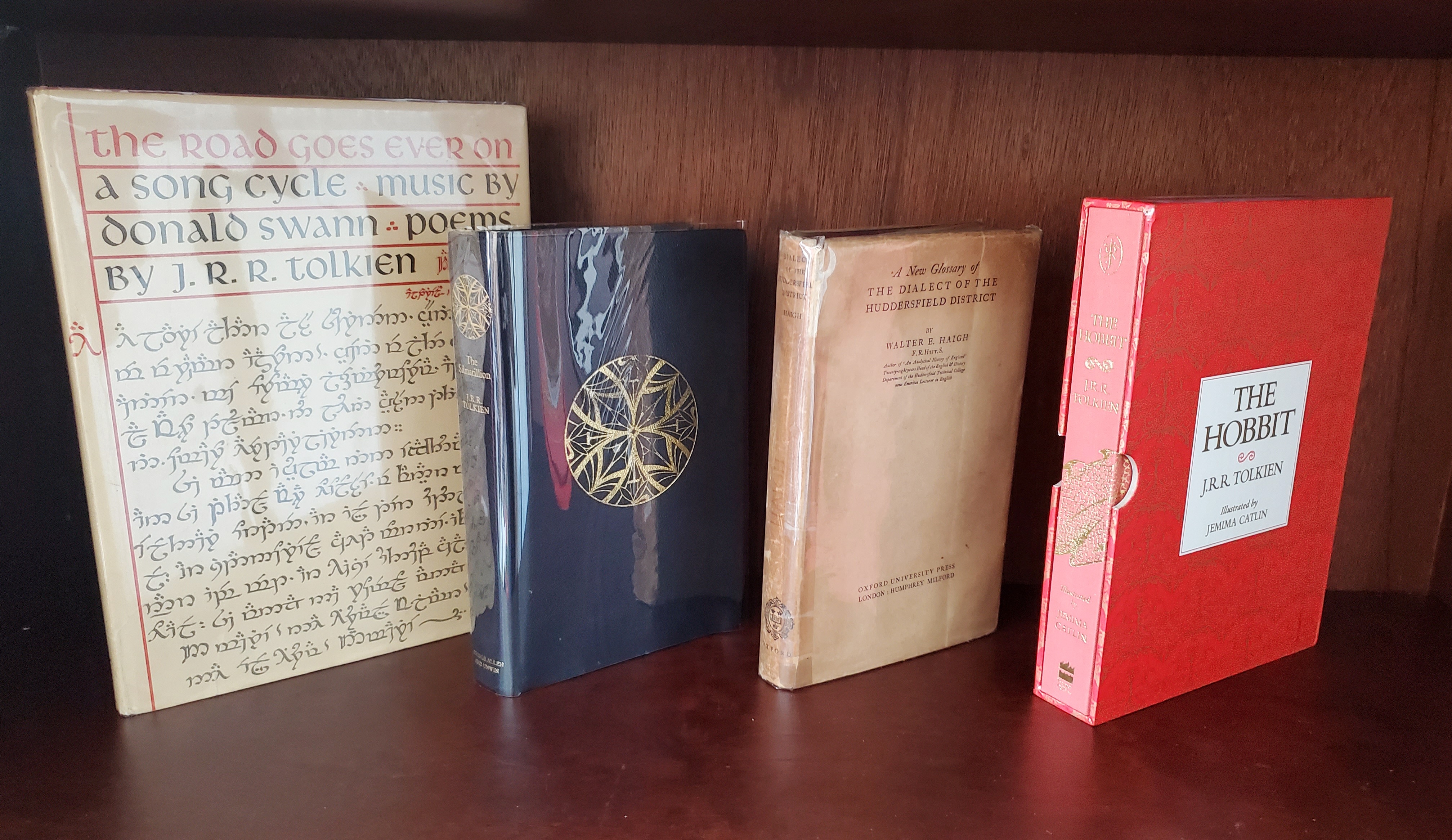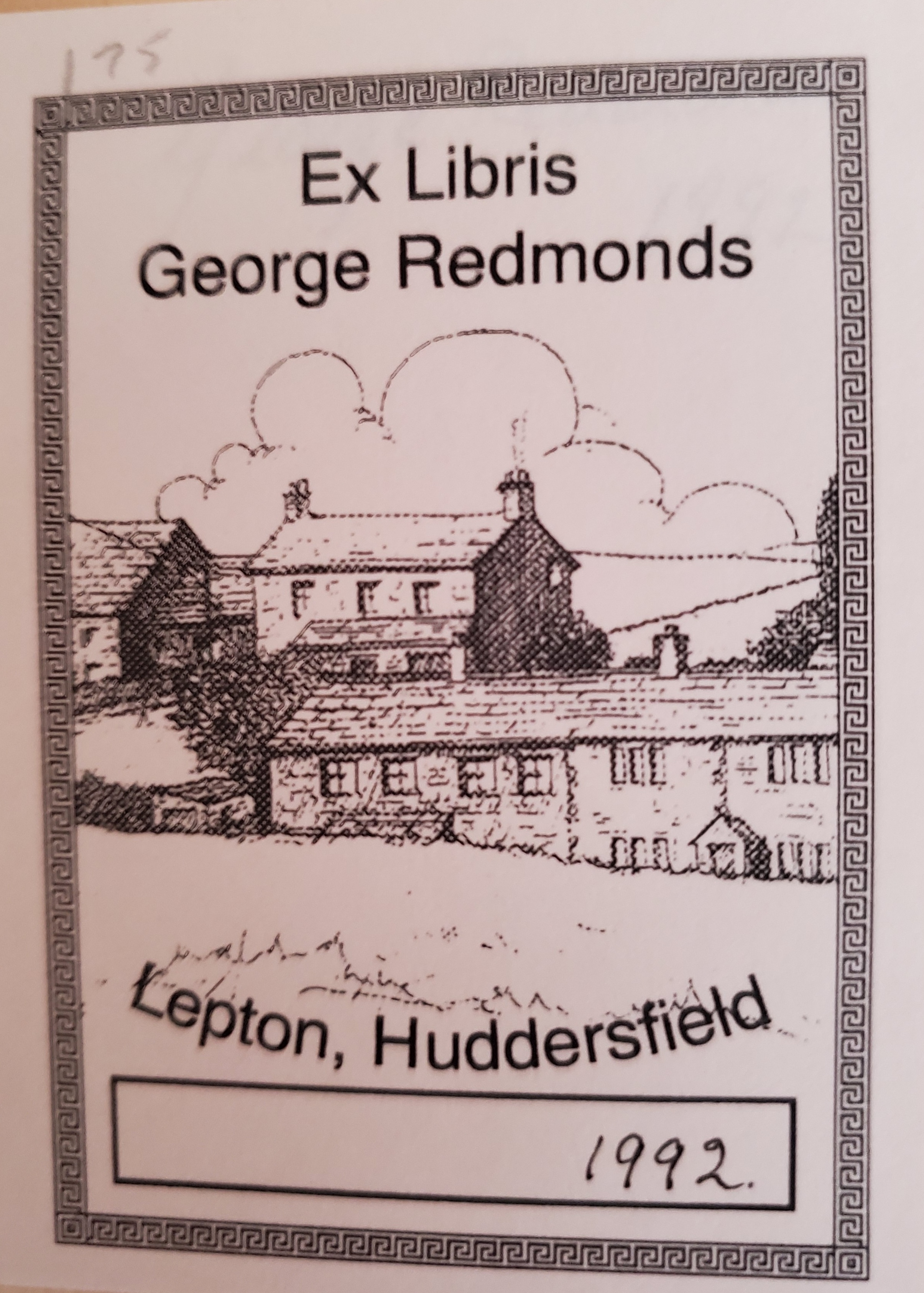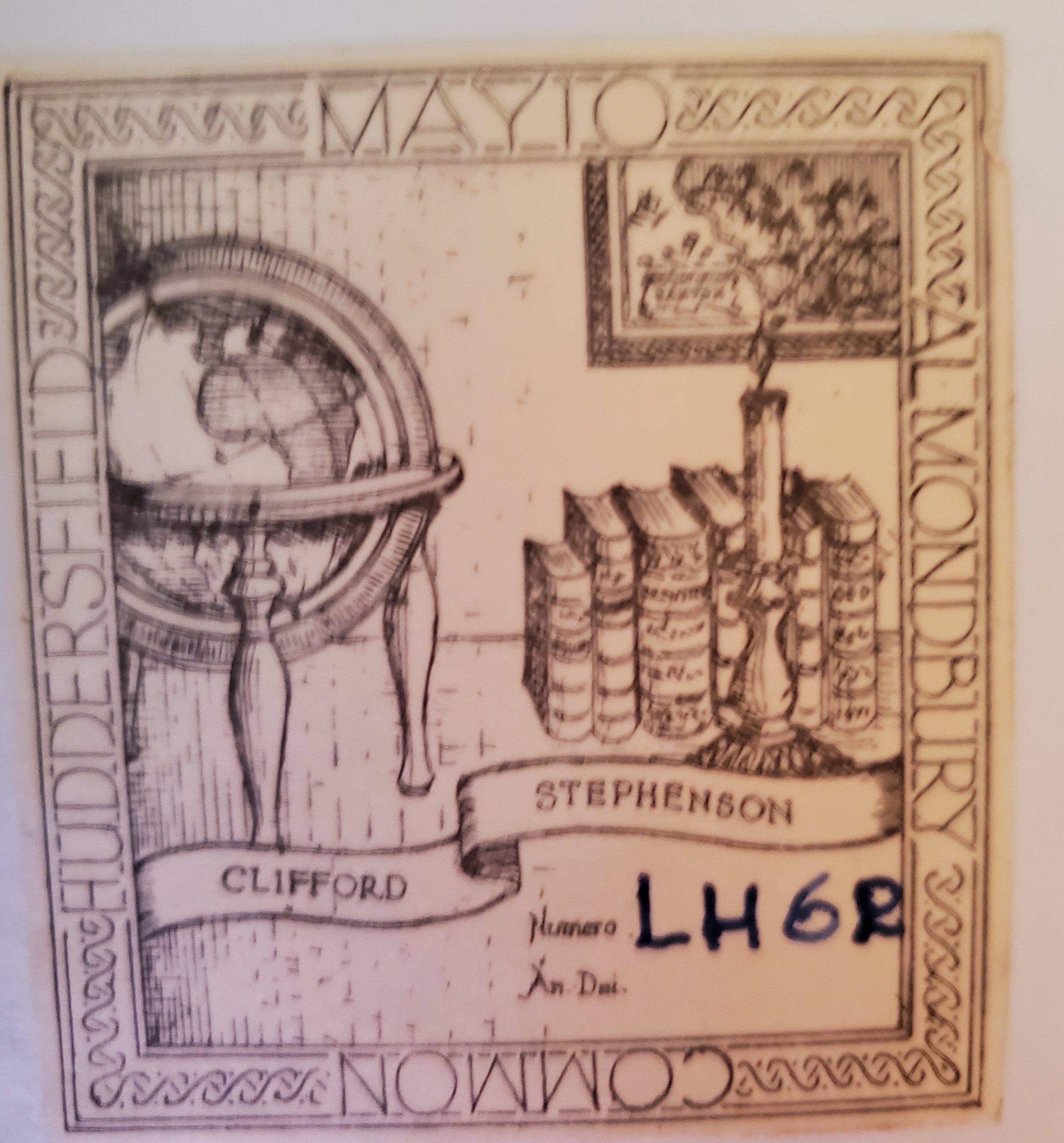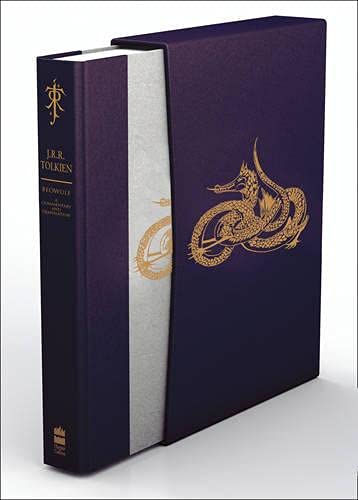Those Yukhimov illustrations are amazing! The use of the traditional style of the Byzantine ikon is striking and effective, as is that of the Bayeux Tapestry style. Truly stunning!
I knew about Yukhimov's use of Byzantine iconography, but when I saw that Bayeux illustration it was perfect remembering that Tolkien used Old English for the names of the Rohirrim and modeled them after Germanic patterns on the Continent. In what other way could you depict the ride of the Germanic horsemen to their doom on Pelennor other than in the style of the Tapestry that depicts the doom of the Old Anglo-Saxon warriors on the British Isles? The Normans were, of course, Germanic horsemen themselves as they rode down their cousins at Hastings.oxonianus wrote:
Those Yukhimov illustrations are amazing! The use of the traditional style of the Byzantine ikon is striking and effective, as is that of the Bayeux Tapestry style. Truly stunning!
Yes, indeed. I hadn't known of the Byzantine-inspired illustrations by Yukhimov, and had wondered whether anyone had done such. I was surprised and pleased to see them! It seems a natural connection, with the Gondorian setting seeming somewhat like a Ravenna, a final outpost of the higher Byzantine culture in a realm otherwise somehwat gone to pot.
I would only suggest one—perhaps quibbling—correction: the Normans were, though having mixed with the local Gallic population, more immediately Norse than Germanic, with Harold himself being half-Norse. The gentilic 'Norman' ultimately derives from Old Norwegian 'Norðmanðr', 'Northman.' Fun stuff!
I found that Bayeux Tapestry-inspired illustration, well, inspired, for precisely the reasons you mention. And the caption 'Theoden Rex interfectus est', 'King Theoden is killed', reworking the Bayeux Tapestry's 'Hic Harold Rex interfectus est', is a perfect touch.
The whole Bayeux Tapestry may be viewed online now, in stunning detail:
https://www.bayeuxmuseum.com/en/the-ba ... -tapestry/explore-online/
The death of King Harold is depicted in episode 57.
I would only suggest one—perhaps quibbling—correction: the Normans were, though having mixed with the local Gallic population, more immediately Norse than Germanic, with Harold himself being half-Norse. The gentilic 'Norman' ultimately derives from Old Norwegian 'Norðmanðr', 'Northman.' Fun stuff!
I found that Bayeux Tapestry-inspired illustration, well, inspired, for precisely the reasons you mention. And the caption 'Theoden Rex interfectus est', 'King Theoden is killed', reworking the Bayeux Tapestry's 'Hic Harold Rex interfectus est', is a perfect touch.
The whole Bayeux Tapestry may be viewed online now, in stunning detail:
https://www.bayeuxmuseum.com/en/the-ba ... -tapestry/explore-online/
The death of King Harold is depicted in episode 57.
oxonianus wrote:
I would only suggest one—perhaps quibbling—correction: the Normans were, though having mixed with the local Gallic population, more immediately Norse than Germanic, with Harold himself being half-Norse. The gentilic 'Norman' ultimately derives from Old Norwegian 'Norðmanðr', 'Northman.' Fun stuff!
I found that Bayeux Tapestry-inspired illustration, well, inspired, for precisely the reasons you mention. And the caption 'Theoden Rex interfectus est', 'King Theoden is killed', reworking the Bayeux Tapestry's 'Hic Harold Rex interfectus est', is a perfect touch.
I'm a linguist by training and trade, so I don't equate "Germanic" with "German" but with the language family that includes, among others, English, Norse, Gothic, and German languages.
I hadn't thought of the "Harold is killed" ~ "Theoden is killed" connection, but that makes the connection even more apt.
A linguist! That's a delight. I was aware of the Germanic family, which is why I waffled with 'perhaps quibbling' and 'more immediately'.
The 'Theoden interfectus est' leapt out at me as not too long ago I was re-reading Andrew Bridgeford's 1066: The Hidden History in the Bayeux Tapestry (Walker & Co., 2004). His suggestion that the tapestry originates with Eustace of Boulogne rather than Odo is entertainingly laid out; it's a quick read for 309 pages (though I regretfully relate that endnotes are employed). It includes full-colour plates of the entire tapestry reduced to about an inch in height, though the images are remarkably clear and the Latin legible, with translation below for non-Latinists, and a few more plates with larger images, including that of Harold's death. Recommended to all.
The 'Theoden interfectus est' leapt out at me as not too long ago I was re-reading Andrew Bridgeford's 1066: The Hidden History in the Bayeux Tapestry (Walker & Co., 2004). His suggestion that the tapestry originates with Eustace of Boulogne rather than Odo is entertainingly laid out; it's a quick read for 309 pages (though I regretfully relate that endnotes are employed). It includes full-colour plates of the entire tapestry reduced to about an inch in height, though the images are remarkably clear and the Latin legible, with translation below for non-Latinists, and a few more plates with larger images, including that of Harold's death. Recommended to all.
● Road goes ever on 1st 1967.
● The Silmarillion Methuen ltd edition.
● A New Glossary of the Dialect of the Huddersfield District 1928 with original dustjacket.
● The hobbit deluxe illustrated (Jemima Catlin) (a second copy for me...I couldn't let it go at $30 CAN ?)
● The Silmarillion Methuen ltd edition.
● A New Glossary of the Dialect of the Huddersfield District 1928 with original dustjacket.
● The hobbit deluxe illustrated (Jemima Catlin) (a second copy for me...I couldn't let it go at $30 CAN ?)

ShadowFx wrote:
● Road goes ever on 1st 1967.
● The Silmarillion Methuen ltd edition.
● A New Glossary of the Dialect of the Huddersfield District 1928 with original dustjacket.
● The hobbit deluxe illustrated (Jemima Catlin) (a second copy for me...I couldn't let it go at $30 CAN ?)
Very nice ShadowFx, congrats on the Huddersfield in wrapper. I have one as well. but sans wrapper

ShadowFx wrote:
● Road goes ever on 1st 1967.
● The Silmarillion Methuen ltd edition.
● A New Glossary of the Dialect of the Huddersfield District 1928 with original dustjacket.
● The hobbit deluxe illustrated (Jemima Catlin) (a second copy for me...I couldn't let it go at $30 CAN ?)
Well done on the "Huddersfield". I know of only 3 copies including yours that have wrappers (2 privately owned).
















 35
35 9806
9806